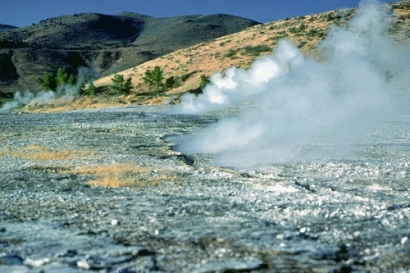
This includes the following phases: exploration, drilling, field preparation, construction and operation of private geothermal projects, as well as reducing the value at risk for developers, which is the main barrier to investment. The program’s goal is to finance up to 300 MW of geothermal capacity over a 10-year period. It also hopes to leverage other public and private funds to contribute to Mexico’s geothermal sector with estimated investment levels approaching $4.2 billion for proven geothermal reserves.
The Program for Financing and Risk Transfer for Geothermal Energy in Mexico, structured under the global loan modality, will consist of two main components: risk mitigation for geothermal projects and financing adapted to the different phases of project exploration and execution. In addition, it will have a third component of technical assistance to support execution and other implementation costs.
Mexico is the main emitter of greenhouse gases from fuel burning in Latin America and number 12 in the world. Its ambitious goals include reducing these emissions by 25 percent by 2030, with the energy sector having the biggest reduction potential. Moreover, 80 percent of Mexico’s energy continues to be derived from fossil fuels.
“Like solar and wind energy, it (geothermal) is renewable, but without their characteristic intermittency. It is fully climate-change resilient and has an enormous energy density, which paves the way for getting large amounts of energy in a relatively small area,” says Christiaan Gischler, project leader and IDB’s geothermal theme team leader.
Its direct use has high-impact applications and social advantages. Geothermal energy helps create new jobs and take advantage of economies of scale, combining the knowledge of Mexico’s existent extractive industries to perform the perforation work needed during the exploration phase.
The program’s total amount is $108.6 million: $54.3 million financed with resources from the IDB’s Ordinary Capital, $51.5 million from a contingent recovery grant financed with resources from the Clean Technology Fund (CTF); and $2.8 million in technical cooperation.
There are currently two processes under way: first an International Public Tender to pick the companies that will be in charge of performing the drilling work during the exploration phase; and second, a Call for the Selection of the Eligible Developers who will participate in this program.

